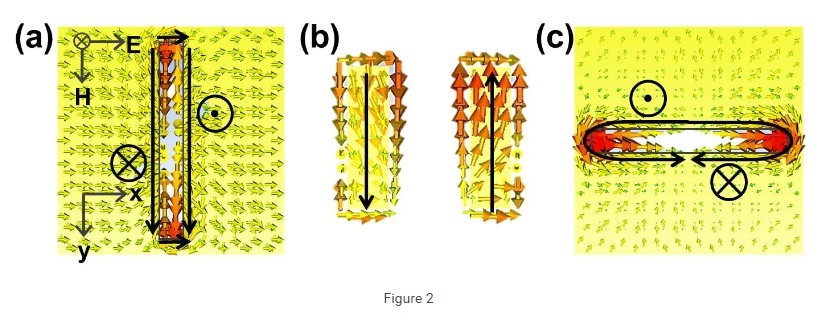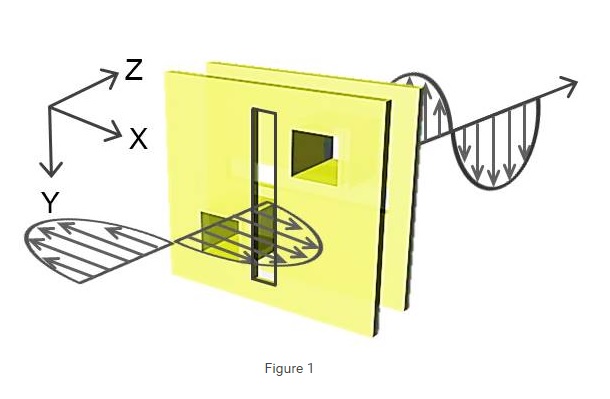2017.02.28
Terahertz wave is harmless to the human body and has low energy, so there is no risk of exposure to electromagnetic waves. For this reason, active research is underway to apply terahertz waves to next-generation medical imaging devices and airport security stations.
In order to utilize terahertz waves, it is necessary to control not only the frequency and amplitude of the electromagnetic waves but also the 'polarization'. However, bulky conventional polarization converters are difficult to miniaturize and integrate.
A research team led by Professor Jae-Hyung Jang at the Gwangju Institute of Science and Technology (GIST) School of Electrical Engineering and Computer Science has developed terahertz wave polarized wave conversion technology that can contribute to miniaturization of next generation terahertz wave device by using a 3-dimensional metamaterial structure.
Metamateria is an artificial material that realizes a unique property that does not exist in nature by periodically arranging a dielectric or metal resonator structure with a size much smaller than the wavelength of electromagnetic waves
Professor Jae-Hyung Jang's research team devised a structure that connects two metamaterials side by side in three dimensions. It has a thickness of 1/160 and 99.9% efficiency with a terahertz frequency band with a linearly sloped linear polarization of 90°.
When this method is applied, it is possible to image hidden objects that cannot be seen by various polarizations, which can greatly contribute to the performance improvement of next generation terahertz imaging technology.
The research team first deposited conductive and photosensitive materials on the polymer material with heat and pressure and then used irradiated ultraviolet rays through the mask pattern to form the desired three-dimensional metamaterial. This metamaterial has a band pass characteristic at a specific frequency and is designed so that the incident terahertz wave (X direction) is polarized 90° in a different direction (Y direction).
When the front-side metamaterial first resonates from the incident terahertz wave, the generated surface current is transferred to the back-side metamaterial along the three-dimensional structure. The transmitted surface currents are polarized at the user's desired frequency according to the shape of the designed metamaterial. (See Figure 2)

[Figure 2] Principle of polarization conversion device based on 3D metamaterials. (A) Surface current distribution of the front surface metamaterial (b) Surface current distribution of the three-dimensional column connecting the front surface and the back surface (c) The surface current generated simultaneously with the resonance of the front surface metamaterial is transmitted to the rear surface of the metamaterial along the three-dimensional structure.
In this setup, the conventional bulk optical transducer has a thickness that is 20 times the incident wavelength whereas the polarization transducer using the proposed metamaterial has a thickness of 1/8 of the incident wavelength.
The research team confirmed that the insertion loss of 3.3dB (polarization conversion efficiency 99.9%) appears in the THz band, which is the highest level of polarization conversion efficiency compared to the previous study (97.8%).
Professor Jae-Hyung Jang said, "This research has achieved the world's best terahertz polarization control technology using artificial metamaterials. It is possible to diagnose cancer and detect metal weapons that cannot be found with conventional optical imaging devices. We expect to accelerate the miniaturization and practical use of next generation imaging systems."
This study was led by Professor Jae-Hyung Jang (correspondent author) and Dr. Jung Min Woo (first author) and was supported by the Samsung Electronics Future Technology Development Project. It was published in Scientific Reports on February 17, 2017.













